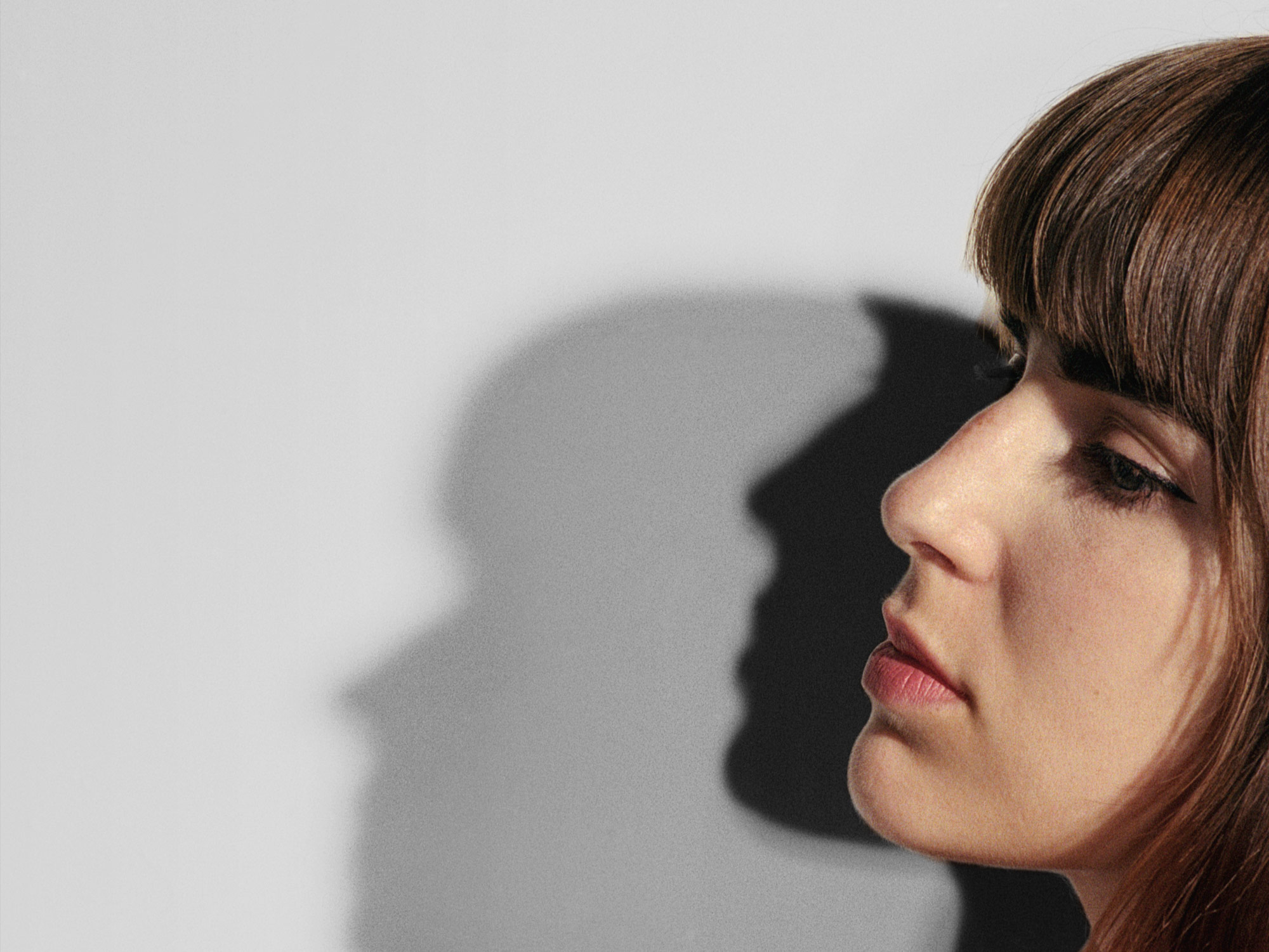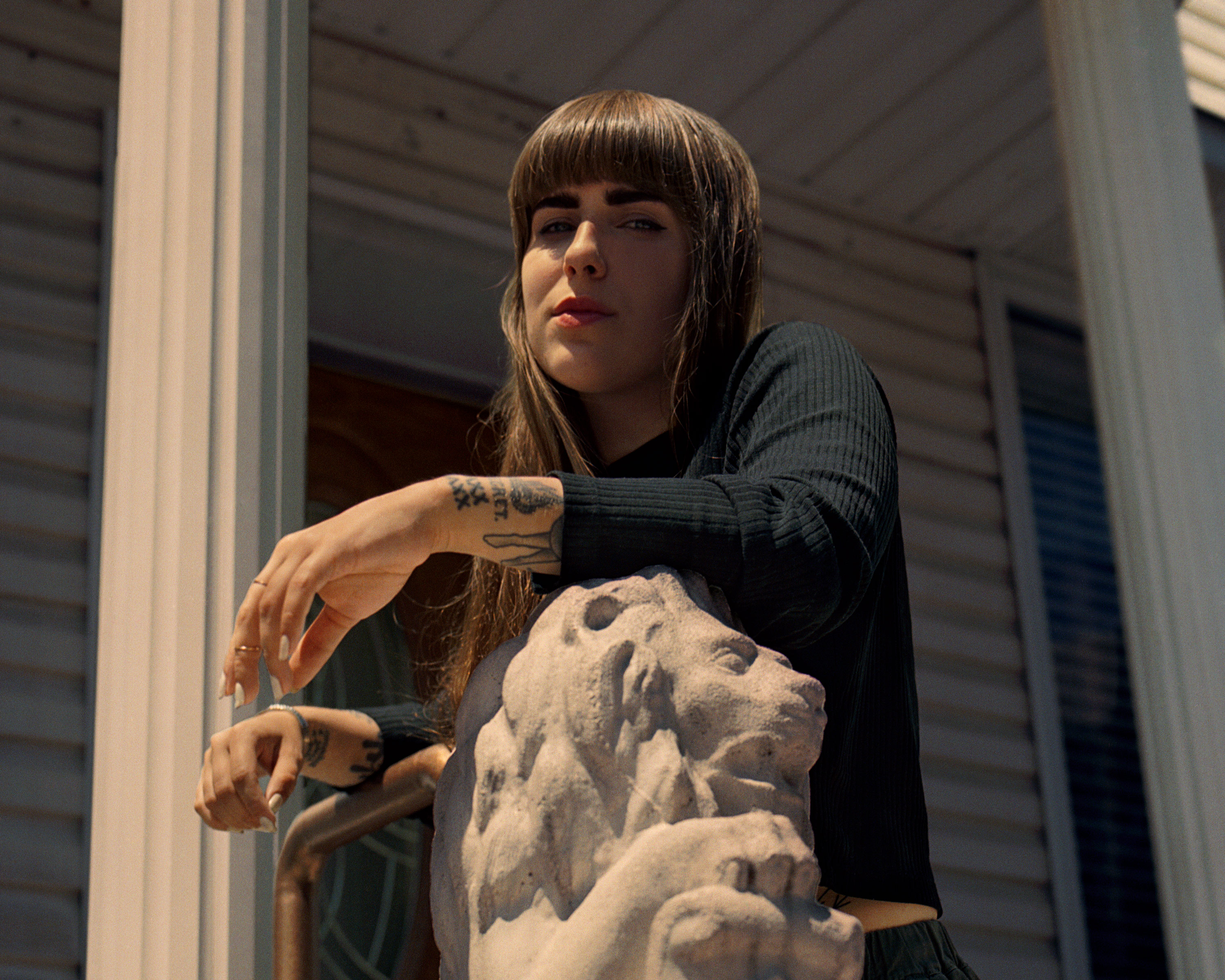
- Interview by Tina Essmaker January 17, 2017
- Photography by Adam Kremer
Jenna Bouma
- tattoo artist
When ambition led her down an uncharted path, Edmonton-born Jenna Bouma, made her own way. The hand-poke tattoo artist also known as Slower Black, recalls her beginnings tattooing friends in her home studio in Vancouver, deciding to call East River Tattoo in Brooklyn her home after extended traveling and guest spots, and how she developed her now signature, sought-after style.
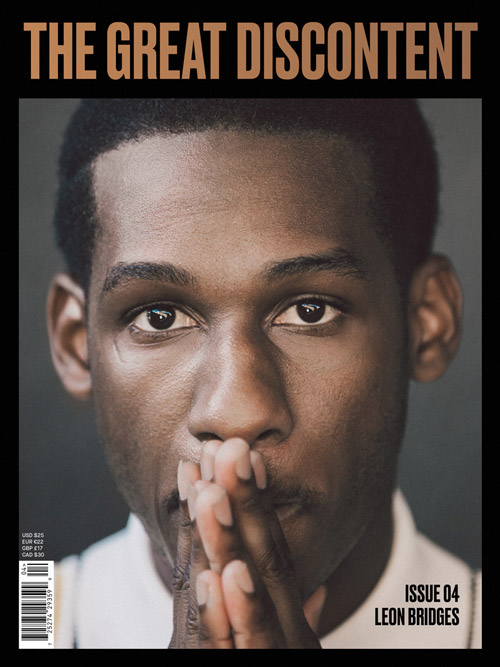 Editor’s note: This is a print-first feature, originally published in The Great Discontent, Issue Four. Pick up the issue in our shop.
Editor’s note: This is a print-first feature, originally published in The Great Discontent, Issue Four. Pick up the issue in our shop.
Tell me about your path to becoming a tattoo artist. I was born and raised in Edmonton, Canada. I drew a lot when I was young, making still life drawings of whatever was in front of me. Every winter I took trips to Hawaii with my parents, and on one of those trips I saw a traditional Hawaiian kakau piece, and it blew my mind even as a young kid. It’s pattern-based, primitive, and tribal, and it’s a style of tattooing that was brought over by the first Polynesians. I didn’t know it as a kid, but those tattoos were all tapped into the skin. That was my first introduction to tattooing.
Edmonton is a small prairie city. It’s a nice place to grow up, but there wasn’t a lot going on for me. I had planned to move as soon as I graduated from high school because my then-boyfriend lived in Vancouver, and I was taking trips out there every two months or so to visit him. I thought, “I want to go to Emily Carr University. I’ve got a boyfriend there! There’s ocean and mountains! And it’s not Edmonton!”
In 2008, two weeks after I graduated, my mom and I rented a little U-Haul and drove for 15 hours to Coquitlam, a suburb of Vancouver. I planned to major in fine art, minor in English, and become an art teacher, but when I started my first year of university, I thought, “Nah.” (laughing) I didn’t even get through the first semester. I have nothing against the school—it just wasn’t for me.
I worked a couple day jobs: postal worker, animal portrait artist for a short period of time, and eventually as a production assistant for TV shows, which I did for about a year and a half. When I was working as an assistant, I ran around doing grunt work, all the while thinking, “I don’t want to do this.” It was great to get paid despite not having any prerequisites or previous experience, but tattooing was what I wanted to focus on.
In 2008, my roommates asked if I would tattoo them. It wasn’t like I was walking around, asking people if I could—I didn’t know what I was doing. But I wanted to try tattooing, and my roommates gave me a reason to start. They figured I could do it because I knew how to draw and because I was interested in it. At that point, I had only watched videos online, read books, and talked to people who had tattoos. I figured I knew enough, so I took a shot in the dark.
My first tattoo was a Minor Threat sheep on the bottom part of my friend Mallory’s foot. It was kind of messy in the way that stick and poke tattoos are: they aren’t perfect or straight. I vividly remember that experience. I remember how long it took and how tedious it was to do the shading. You could see every single dot, whereas what I’m doing now is more cohesive. At that point in time I was just a kid trying to figure my shit out.
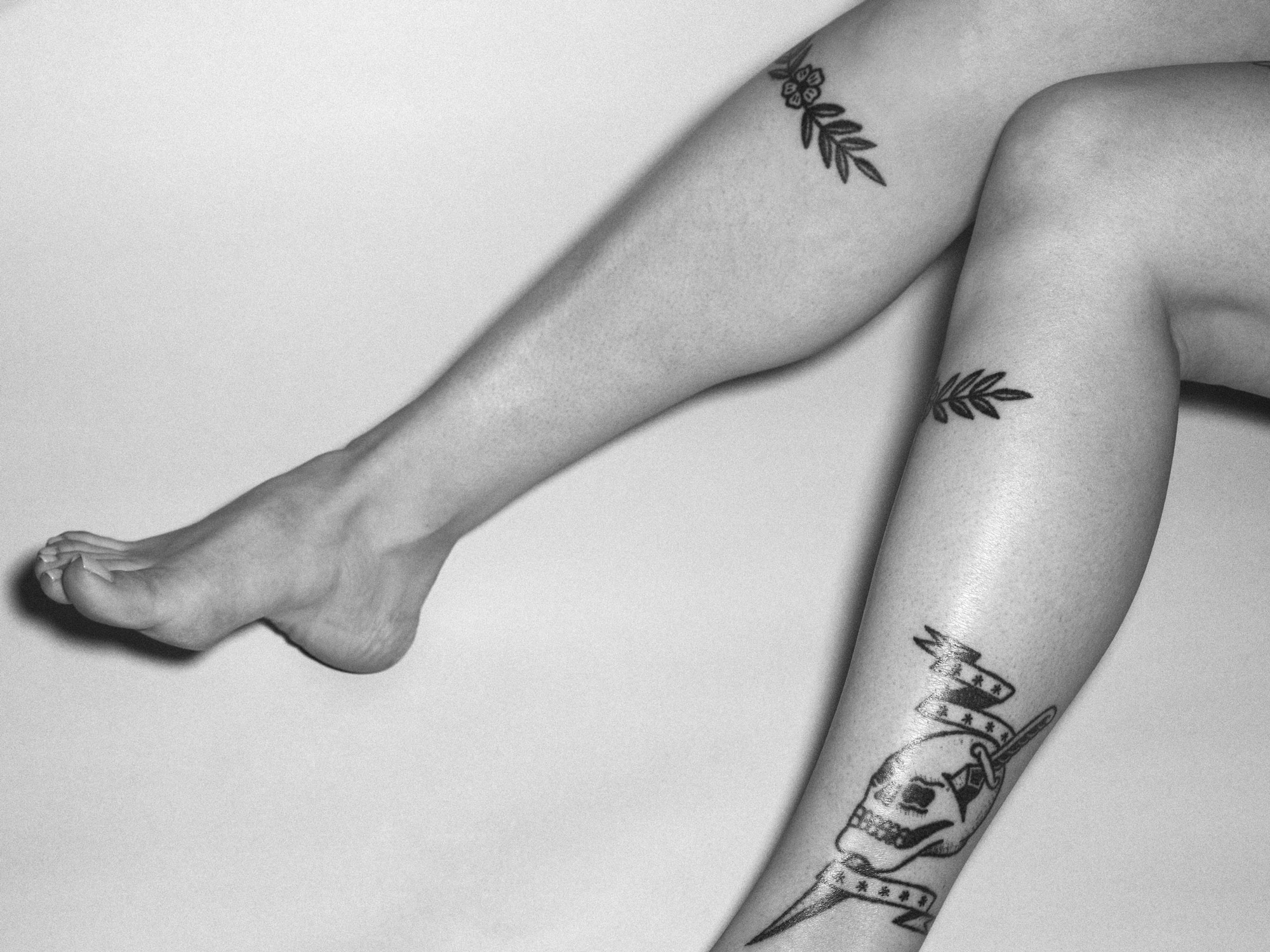
How did you go from tattooing your roommate’s foot in your apartment to working as a sought after tattoo artist? It’s been an extremely gradual change. If my path was a line on a graph, it would be moving up at an angle very slowly. After that first tattooing experience, I continued making tattoos on my friends: little at-home jobs that took an hour to do, even though they were small. That was great, but I eventually wanted to start doing more complex pieces, trying different needles and tools, and educating myself more about tattoo history, including where different styles and techniques came from. As soon as I started learning more and becoming familiar with the tattoo industry and its past, I started taking it more seriously. This included getting tattooed a lot and becoming educated.
Traditionally, when you’re learning to tattoo, you have to apprentice somewhere. Did you? Actually, no. Here’s the thing: a lot of people who are at the stage where they’re doing little pieces on their friends think to themselves, “Oh, I’ll just buy a machine and start tattooing people.” I never wanted to do that. It’s one thing to make little tattoos at home, but it’s another to pick up a machine without knowing how to use it—you could potentially ruin someone’s skin. I didn’t want to do that, so I stuck with hand-poking, and it evolved from there.
I didn’t work in a shop until 2012. Instead, I worked out of a private little loft space in my friends apartment. I was doing it on the down-low, and I was on edge because it wasn’t an official shop. People don’t attach any professionalism to tattoo artists who work out of their homes the way I did. I understand that 100%. Unless there’s a name attached to it and people know that the shop is credible, they don’t usually want to be tattooed by you.
So you developed your style on your own as you worked? Yeah, the biggest challenge was that I was unable to get an apprenticeship because there wasn’t anyone who could teach me this form of tattooing. Because of that, I literally just tried out a bunch of different methods until it felt right, and then I tweaked it as I went.
“…the biggest challenge was that I was unable to get an apprenticeship because there wasn’t anyone who could teach me this form of tattooing. Because of that, I literally just tried out a bunch of different methods until it felt right…”
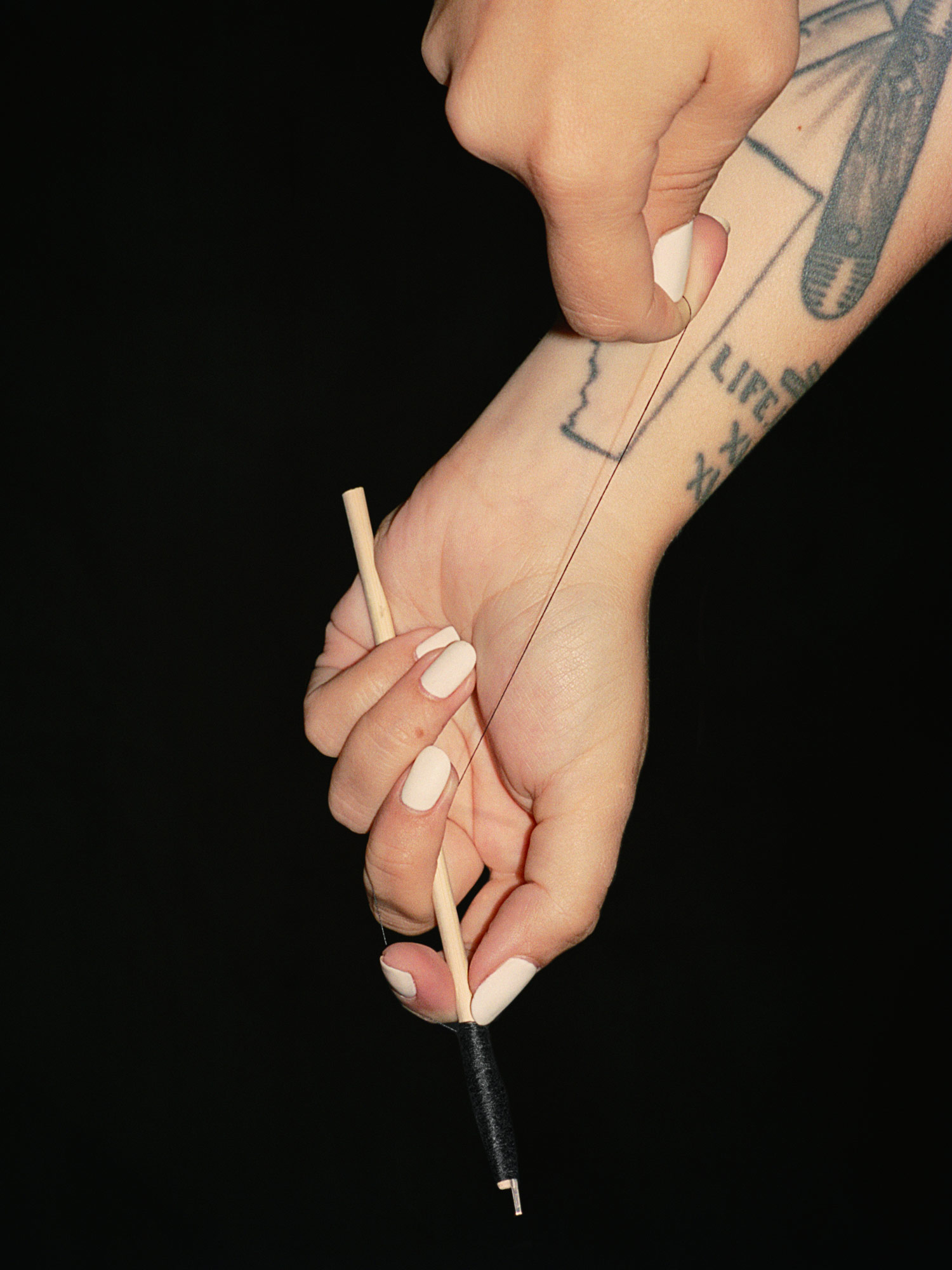
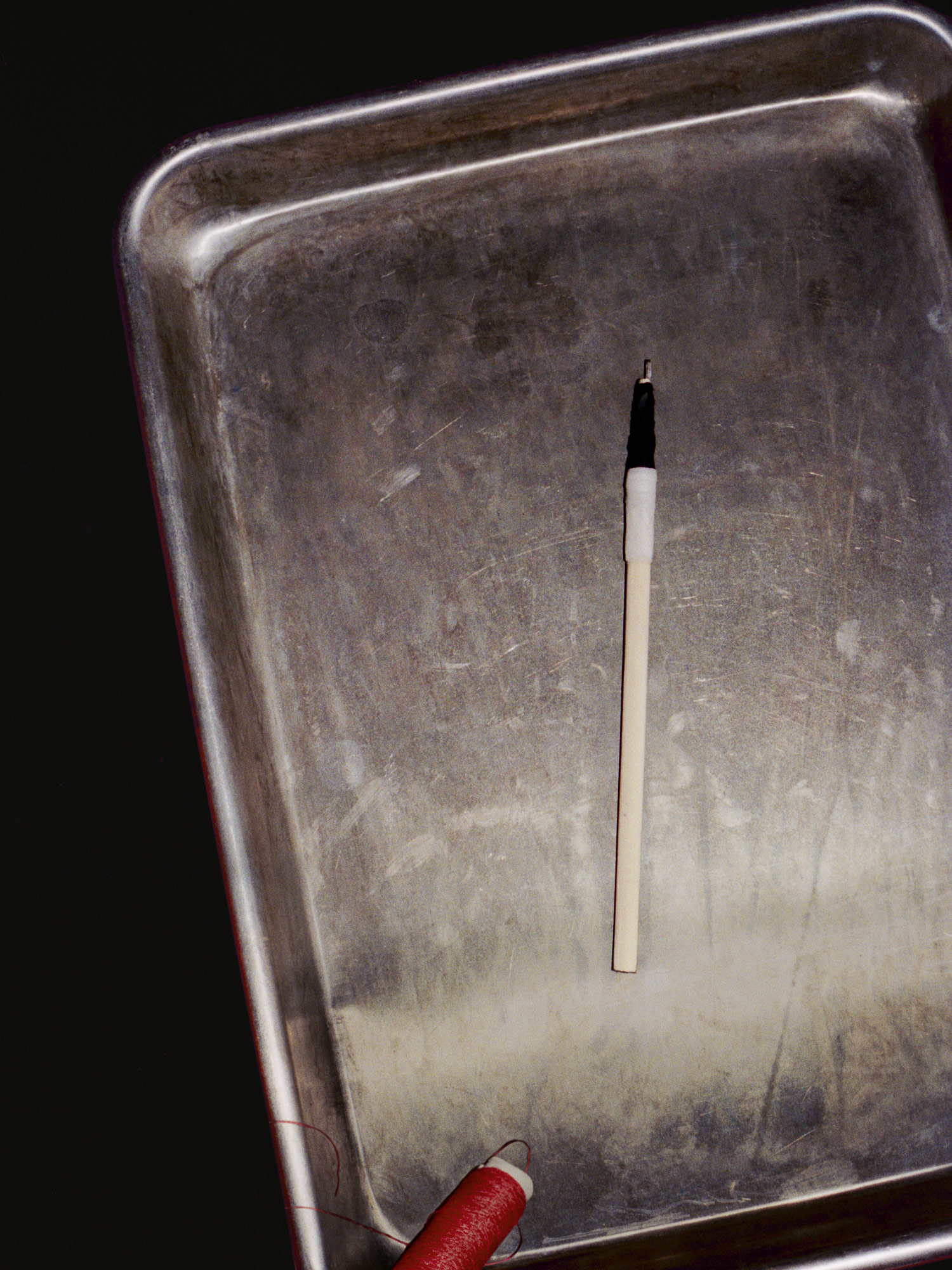
What was your first experience tattooing in a shop setting? I was fortunate enough to have a lot of friends in the tattoo industry, even before I started tattooing. One of them, a tattoo artist named Shen Schubert, who owns a shop outside of London called Duke Street Tattoo, invited me to come visit him. He and a few others taught me about sterilization and asked if I wanted to tattoo him. After the tattoo was finished, he said, “Why don’t you give it a go and take some clients here at my shop, just to see what it’s like?” I was scared, but also completely open to it. It’s normal to feel that way anytime you’re super excited about something and it’s your first time really doing it. I had a nervous feeling, but it was a good nervous feeling. Working at Duke Street Tattoo gave me my first experience tattooing clients I had never met. From there, the floodgates opened , and all I could think was, “I want to do this all the time.”
You did some traveling after that, right? Yeah, in the fall of 2012, I started receiving invites to come to the US and different parts of Europe, so I spent a lot of time traveling. I worked at another shop in London before leaving England in October to go back to Canada. The following year, I was in Europe from February to June; I worked in England, Sweden, Austria, Ukraine, and a couple other places. Sometimes I asked to work at shops because I enjoyed working with certain people, and other times I was fortunate enough to be invited.
How did you decide to make East River Tattoo your home base? It’s hard to explain. When you do guest spots at so many different places without previously having a permanent residency, it’s difficult to gauge where you’ll end up. I didn’t think I’d ever live in New York, but coming to East River and being around the people there felt like the most beautiful dynamic. I love the location and everyone who works there. They’re all doing something a little bit different; everyone’s work is identifiable, even though there’s a certain aesthetic associated with the shop.
Every industry has people with egos, so it was refreshing to be greeted with hugs the first time I visited East River. It was so great that I extended my trip. At one point, my boss asked, “Do you want to work here?” And I said, “Absolutely.” I had to jump through some hoops to do it, but they helped me with all of that. Getting a visa was a long process.
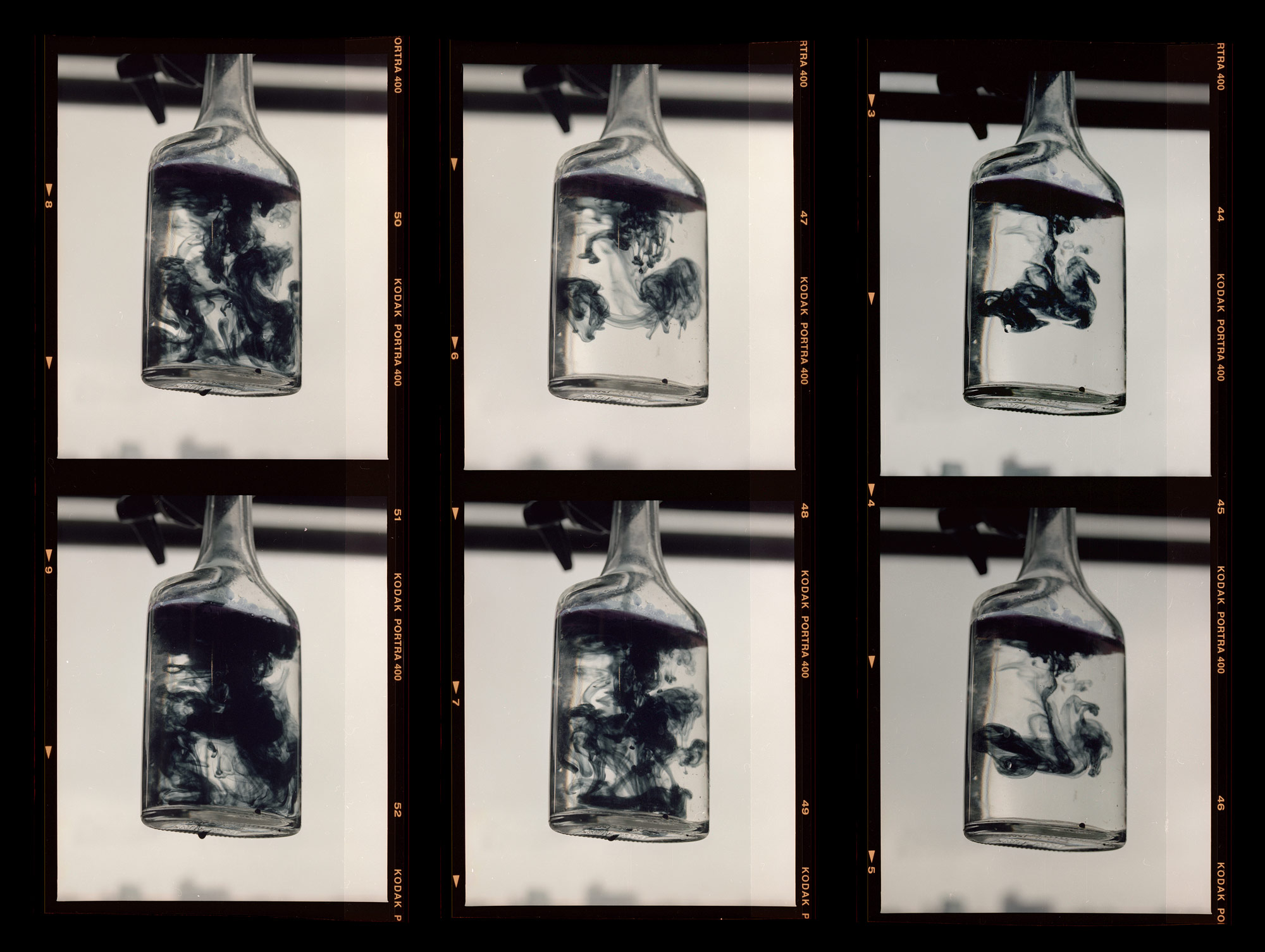
“When you do guest spots at so many different places without previously having a permanent residency, it’s difficult to gauge where you’ll end up. I didn’t think I’d ever live in New York, but coming to East River and being around the people there felt like the most beautiful dynamic.”
What does your tattoo process entail? Generally, I work from 12pm to 8pm. Appointments are pretty easy-going: everyone is allotted two hours, so I do four appointments a day. If people want something bigger or smaller, then I’ll estimate and make it work. When clients come in, I already have a good idea of what they want, because at that point we’ll have already emailed or talked about it over the phone. Then I draw up the design and get the A-OK from the client before making a stencil. Once the stencil is made, I put it onto the person’s skin, and we decide on a placement that they like. Then we make it happen. The setup is clean and sterile, and everything is the same setup as it is with a machine, except for the tools I’m using.
Do you use different-sized needles? Yes. Generally, I use a larger needle for my lining and the inside, where I do flat black. When shading, I use something completely different. It depends on what people want. Some want pieces that are a little more delicate and fine; others want bold, traditional designs. It’s all over the board.
Is the pain of a hand-poked piece different from the pain of getting inked by a machine? It’s subjective, because some people are more sensitive than others. However, when it comes to pain tolerance with this method, hand-poked tattoos are seen as more gentle. The science behind it isn’t that crazy. A machine moves way quicker than my hand, and it does a lot of the work for you in that way—it hits the skin many times per second. For that reason, machines do a lot more damage to the skin, even though a person can easily bounce back from it. With my tools, I only poke as much as I need to in order to get a solid line, so hand-poked pieces take very little time to heal. People generally don’t tend to complain about it.
When did the idea of becoming a tattoo artist feel like something you could achieve? Was there an “Aha!” moment? It wasn’t until 2012 that I thought “This could be something real.” I didn’t want to jump the gun and push it in everyone’s face, because I knew that other more experienced artists had been tattooing much longer than me. They had apprenticed and done everything traditionally, so I knew that they’d be pissed if some chick was tattooing out of her house, like, “Look at me. I’m a tattooer, too!” Because of that, I kept it quiet for a long time until that first trip to England, which I mentioned earlier. That’s when I realized that I could potentially do this long-term.
One of the reasons I went to England was to visit a hand-poke tattoo artist named Adam Sage, who works at a shop called Into You Tattoo in Brighton, which is the sister shop of Into You London. Both shops are incredibly respectable, and all the people who work there are unparalleled at what they do. Adam has been tattooing for over a decade—he knows his shit, and I greatly respect his work. I got tattooed by him, and the whole time I talked with him and quietly appreciated what he was doing. I was really inspired by Adam, and it made me feel like getting my priorities sorted. He is the reason I was able to find some sort of light at the end of the tunnel.
How did you know that it was the right time to pursue tattooing in a more professional environment? It sounds cliché, but you know when you know. Japanese tattooer Horiyoshi III nailed it by saying, “Basically 90% of life is timing and luck. People with bad timing and bad luck are essentially fucked.” That applied to tattooing for me. Had I not gone to England and known those people and been led to Adam’s shop and been in that mindset, I don’t think things would have panned out the way they have. Things just happened to work out.
What advice would you give to someone who is starting out? Patience is a virtue. Exercising patience is incredibly valuable when it comes to refining whatever craft you’re trying to be good at, let alone great at. If you’re looking to be a tattooer, go get tattooed. Go understand this craft and the people who love it, and educate yourself on tattoo history and the roots that stem from it. Draw a lot. Practice. Don’t jump the gun and go blindly in. Be clean, and be safe.
Do you have any memorable tattoos you’ve done? One of my favorite experiences happened last year when I traveled to Japan with one of my closest friends, Ryan. I had been putting off traveling to Japan for a long time because I wanted to be mentally ready to experience it. It was one of the most appealing places to me; not just for the people, food, and culture, but also because of tattooing.
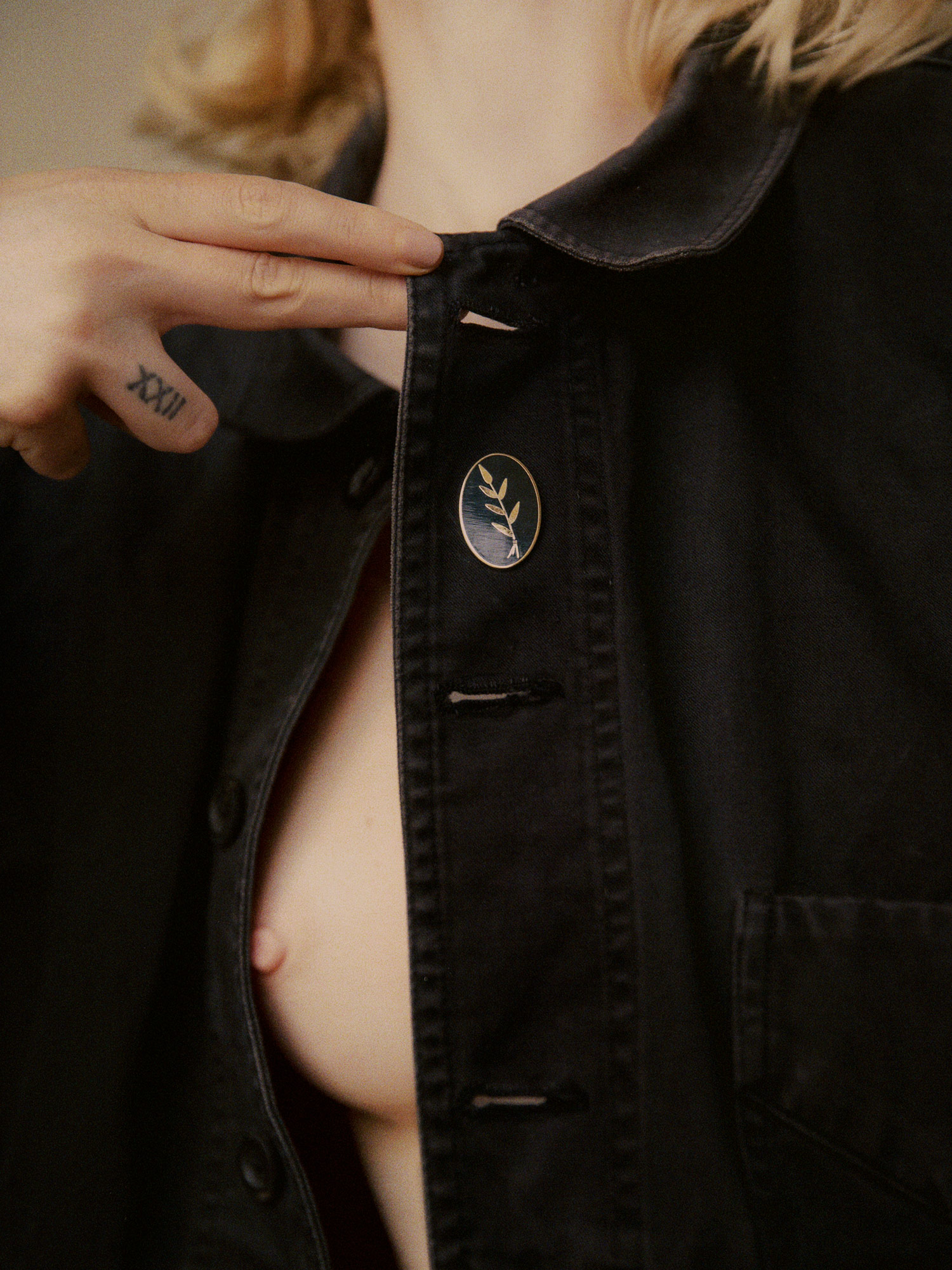
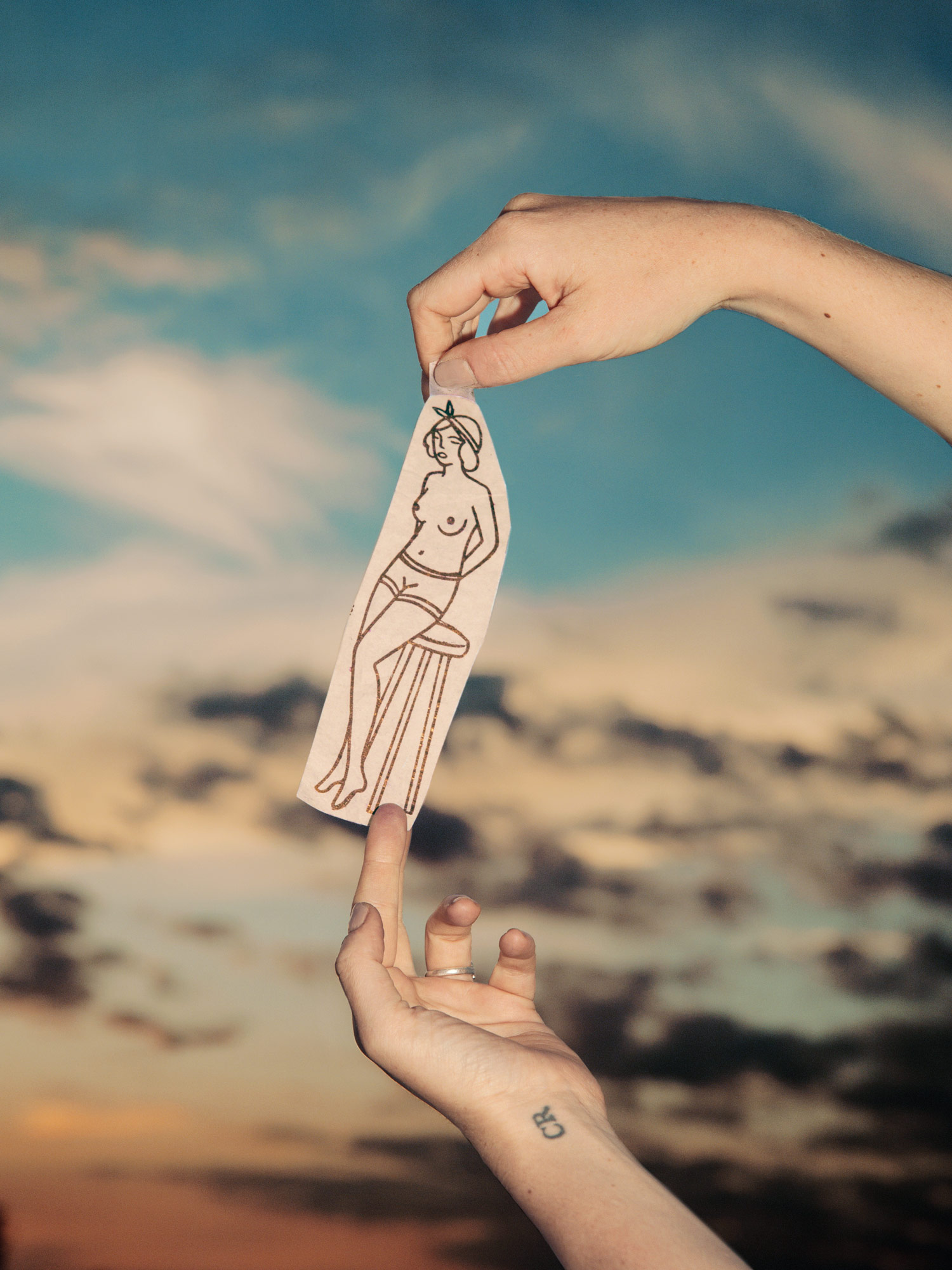
I happened to make friends with a Japanese tattooist who goes by the name Bunshin Horitoshi. He works in the Ikebukuro district of Northern Tokyo, and he invited me to come visit his studio. It’s a quaint little studio in a second-floor apartment, which was decked out in Japanese tattoo memorabilia and flash. He has been tattooing for a very long time, and I was given the opportunity to watch him tattoo in the tebori style, which was pretty wild for me. I had seen tebori done at conventions and in my friend’s studio in Italy, but never in Japan by a traditional Japanese artist. After letting me watch him tattoo, Toshi was gracious enough to allow me to work in his studio. I didn’t go to Japan with the intent of tattooing—I was just there to observe. For him to be so open and hospitable was amazing, and I tattooed my friend Ryan in Toshi’s studio. It was incredible: not only did I tattoo one of my closest friends, but I did a rendition of a 19th-century ukiyo-e woodblock print of a samurai biting down a knife by Utagawa Kunisada. It sounds weird to romanticize that experience, but it’s difficult not to. It was intoxicating.
If you could tattoo anyone, who would it be? Probably my Dad. It’s been years in the making and I think this year it might actually happen.
Do you ever have to decline work? Or do people generally come to you because they’re familiar with your style? A lot of people have become aware of my style and what I’m capable of doing, so they know that I’m not likely to tattoo a fine-lined little dandelion blowing in the wind on someone’s shoulder blade. If someone really wants that and I happen to be doing walk-ins that day, then I’m happy to give them what they want. But I also know what I’m capable of. Sometimes I have to tell people to be open about changing their ideas a little, and they’re usually understanding about it.
You’re still in the infancy of your career. What are your ambitions for the future? I still feel a little overwhelmed by the amount of work I have going on right now, but it’s pretty chill. I’m trying to focus on the present and not get ahead of myself too much, but I’m also trying to shift my energy into doing larger-scale work while still laying low at the shop. I suppose that’s my biggest ambition. I want to try new things, like gray shading instead of only using flat black, and I really want to pull away from just doing small pieces.
That said, it’s difficult to say what will happen in three years, but it would be really sick to stay with East River and see how things go while still hitting up Sweden, Japan, and Canada on the regular.
